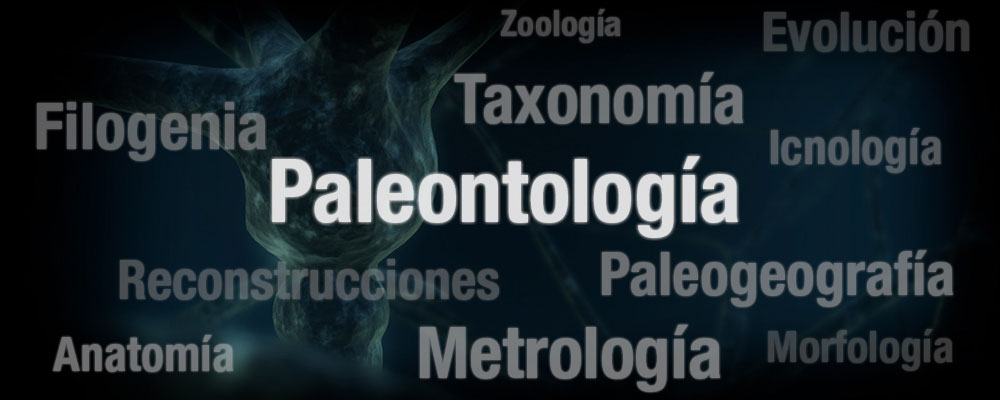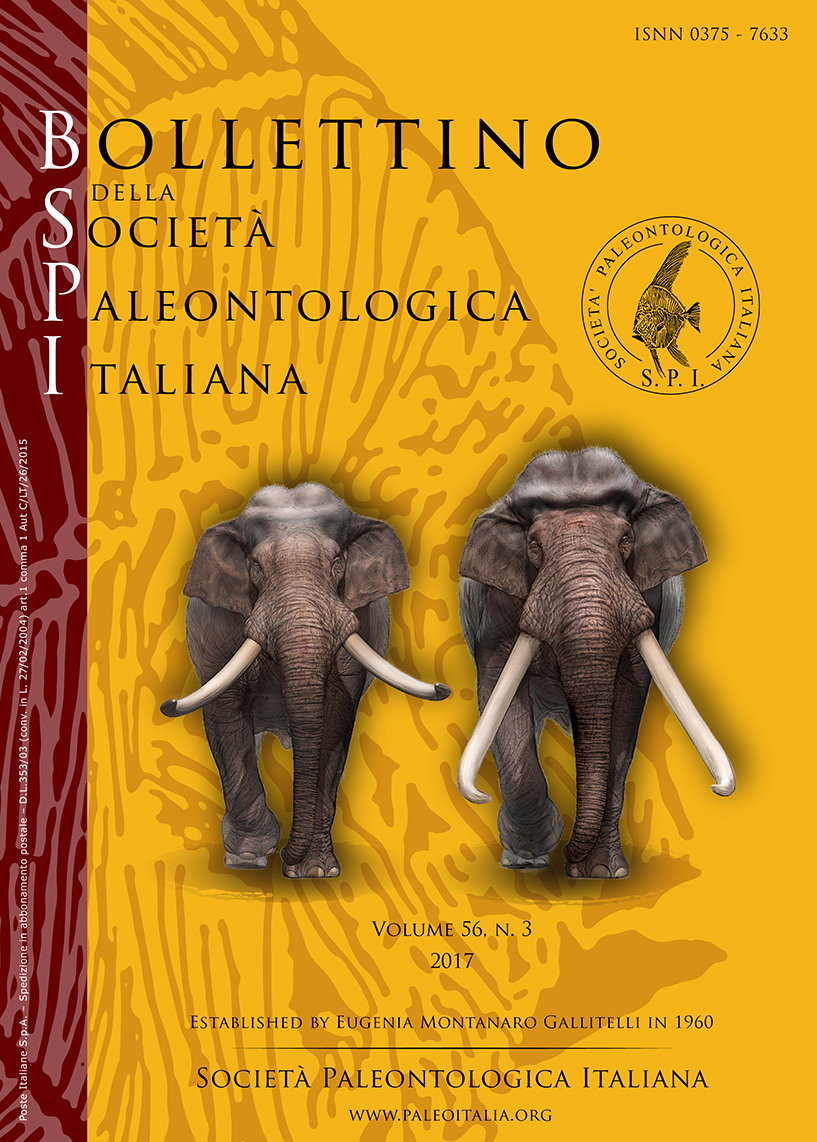
Publicaciones Elefantes antiguos de Alemania
- Tamaño Bruhathkayosaurus
- Nota de prensa: las densidades de los dinosauro
- Densidades de los tetrápodos
- Récords dinosaurios saurópodos
- Evolución cráneo Palaeoloxodon
- Poster Palaeoloxodon
- Récords dinosaurios terópodos
- Elefantes antiguos de Alemania
- Tamaño de los Proboscideos
- Elefantes enanos de Sicilia
- Mamuts del Río Songhua
- Dinogeografía
Autores: Asier Larramendi; Maria Rita Palombo & Federica Marano

Representación artistica de dos individuos machos de Palaeoloxodon antiquus de Neumark-Nord 1, Alemania. Ilustrado por Shu-yu Hsu (de Larramendi et al., este volumen; Fig. 13, pag. 313).
RESUMEN en Inglés
Between 1985 and 1996, approximately 70 individual Palaeoloxodon antiquus specimens were recovered from the lacustrine deposits in the open-cast lignite mine of Neumark-Nord 1 (NN1) in Geiseltal, Sachsen-Anhalt, Germany. This study analyses 11 of the most complete skeletons. Because the studied fossil remains were so well preserved, it was possible to determine the elephants’ physical appearance, shoulder height, body mass, sexual dimorphism, ontogenetic growth, and biomechanics. These reconstructions also made it possible to highlight the morphological differences of these straight-tusked elephants against other members of Elephantinae. Some of the most peculiar characteristics of P. antiquus are the morphology of the skull, remarkably long tusks, elongated forelimbs, a massive torso, and a body mass three times that of male Asian elephants (Elephas maximus), and twice that of extant bush African elephants (Loxodonta africana). Sexual dimorphism of P. antiquus was observed to be more accentuated than in extant elephants, most notably in terms of size difference. The long-bone epiphyseal fusion pattern indicates that NN1 males continued to grow until their fifties, while females may have completed their growth at an age comparable to that of male African elephants.
Acceso al artículo aquí





